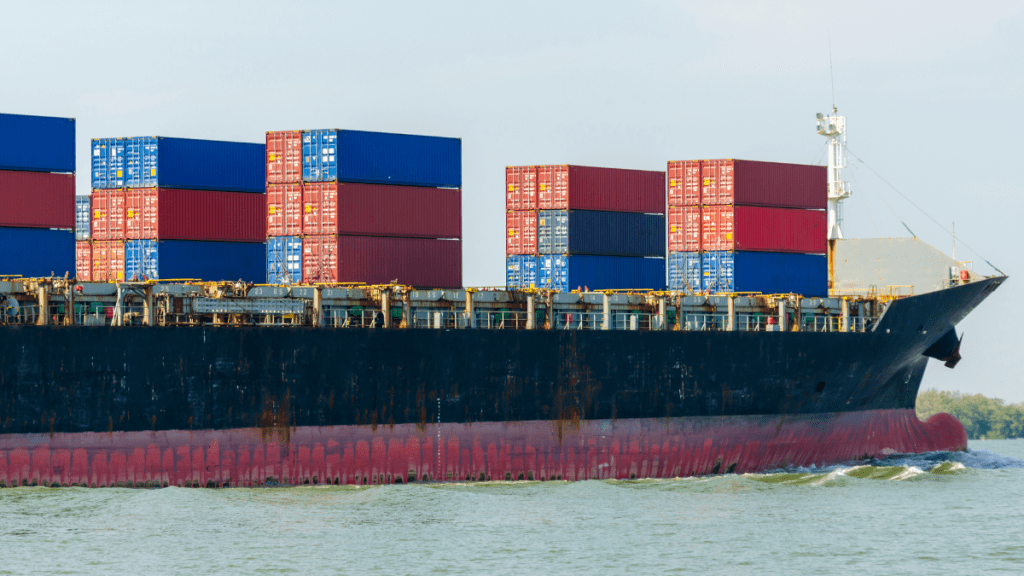The government may opt for a product-specific approach as it firms up the policy support to merchandise exporters in the wake of the 25% additional tariff imposed by the United States, the country’s largest export market.
Within broad sectors, specific products, where the exporters are directly in competition with countries like Vietnam and Bangladesh that would now face lower tariffs of 19-20% in the US market would be selected for support, official sources said.
In products, where China faces significantly higher tariffs may, however, not be covered under the support package, the sources added. Chinese products attract extra tariffs of 30% and more in the US market.
The support will try to minimise the cost disadvantages that the selected products face, while any remaining cost differential will have to be covered by the exporters and their buyers, they said. The exact nature of the sops are yet to be determined, although it may be in the form of enhanced outlay for tax remission schemes or marketing support or interest subvention or a judicious combination of these.
Sector consultations and short-term strategy underway
Commerce and Industry Minister Piyush Goyal met exporters from the apparel, engineering, agriculture, food-processing and seafood sectors in Mumbai on Saturday to get their inputs on the impact of tariffs on shipments to the US. The meetings will continue with the leather sector slated to meet officials on Monday.
While the government plans to cushion the impact of tariffs on the products most vulnerable, the talks on the Bilateral Trade Agreement (BTA) continue with a deadline of October-November to conclude the first round. The BTA is expected to reduce or eliminate the cost disadvantage for exporters, as the US tariff for the country may be reduced. Any measures that may be taken will be required for a short period, the sources said.
The duties announced by Trump will be applicable on shipments going out after August 7. Cargoes leaving the ports before the August 7 deadline and received in American warehouses before October 5 will be charged a baseline tariff of 10%.
The US team of negotiators for BTA will be in New Delhi from August 25 to August 30 for the sixth round of physical meeting on the BTA.
Exporters seek revival of IES, higher RoDTEP rates
Initial assessment suggests that less than half of India’s $ 86.4 billion worth of exports will be subject to elevated tariffs which are higher than what most of the competing countries would face barring China.
Within the sectors impacted by the additional duties there are products like basmati rice and jewellery with Indian designs that come with a natural hedge. In the case of some other products which face higher duties, the exporters have the option of looking at other markets. Another variable that will be working in India’s favour would be that competition would not be able to capture the entire Indian market in the US because of capacity constraints and inability to supply the exact products that India’s exports ship.
To mitigate the disadvantage with regards to tariffs in the US sectors like textiles, food and marine products have sought financial assistance and affordable credit.
Exporters have long demanded the revival of the Interest Equalisation Scheme (IES), which expired on December 31, 2024. The scheme provided a 3% subsidy on pre- and post-shipment credit. Exporters now want this support raised to 5%, as the scheme had helped bring Indian exporters closer to parity with competitors operating in lower interest rate environments.
Currently, interest rates in India range from 8% to 12% or more, depending on the borrower’s risk profile. In contrast, central bank rates in competing countries are significantly lower—3.1% in China, 3% in Malaysia, 2% in Thailand, and 4.5% in Vietnam.
The Union Budget FY26 introduced the Export Promotion Mission (EPM), under which the IES is expected to be subsumed. Work on framing the EPM is currently underway.
Exporters have also proposed increasing the rate of tax refund under the Remission of Duties and Taxes on Exported Products (RoDTEP) and the Rebate of State and Central Taxes and Levies (RoSCTL) schemes. The RoSCTL scheme benefits the apparel sector, which is the most vulnerable to the reciprocal tariffs.
RoDTEP covers 10,500 products, with refund rates ranging from 0.3% to 3.9%. Previously, IES cost around ₹2,500 crore annually. For FY26, the estimated outlay for RoDTEP is projected at ₹18,233 crore.
